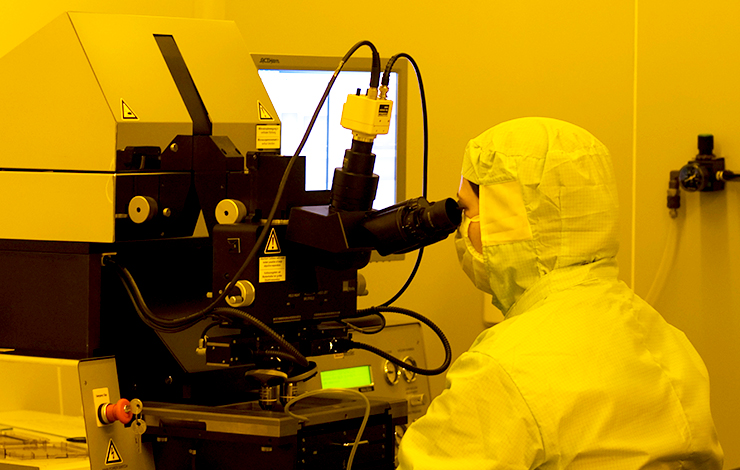


Experimental and computational study of ethane and ethylene adsorption in the MIL-53(Al) metal organic framework
| Title | Experimental and computational study of ethane and ethylene adsorption in the MIL-53(Al) metal organic framework |
| Publication Type | Journal Article |
| Year of Publication | 2016 |
| Authors | Ribeiro RPPL a, Camacho BCR a, Lyubchyk A b, Esteves IAAC a, Cruz FJAL a, Mota JPB a |
| Journal | Microporous and Mesoporous Materials |
| Volume | 230 |
| Pagination | 154-165 |
| ISSN | 13871811 |
| Keywords | Adsorption, Adsorption isotherms, Aluminum, Classical thermodynamics, Computation theory, Crystalline materials, Enhanced recovery, Ethane, Ethylene, Ideal adsorbed solution theories (IAST), Isosteric heat of adsorption, MIL-53(Al), Molecular configurations, Molecules, Monte Carlo methods, Organometallics, Pressure and temperature, Self-consistent procedures, Solid-fluid interactions, Statistical mechanics, Thermodynamics |
| Abstract | The adsorption equilibria of ethane (C2H6) and ethylene (C2H4) in the MIL-53(Al) metal organic framework are characterized using a self-consistent procedure combining experimental measurements and molecular simulation. Experimental single-component adsorption equilibrium data for C2H6 at 303 K, 323 K, 353 K, and 0-8 bar, and for C2H4 at 323 K, 353 K, 373 K, and 0-1.7 bar, are successfully interpreted using classical thermodynamics and statistical mechanics. An analysis of the experimental results shows that the large-pore form of the tested MIL-53(Al) sample is thermodynamically favoured in the pressure and temperature ranges spanned in the experiments. The adsorption equilibria of the two adsorbates are studied is detail by Monte Carlo (MC) simulation in the Canonical (NVT) and Grand-Canonical (GC) ensembles using the TraPPE united-atom force field to describe both the fluid-fluid and solid-fluid interactions. The good agreement between the GCMC results and experimental measurements shows that the adopted force field provides a good description of the dispersive solid-fluid interactions in MIL-53(Al). The isosteric heat of adsorption is calculated and a critical comparison with cylindrical graphitic pore analogues is established. The molecular configuration of the confined ethylene molecules at different loadings is studied in the NVT ensemble and the preferential positions and orientations of the C2H4 molecules are determined. Binary C2H6/C2H4 adsorption equilibrium in the pressure and temperature ranges of the single-component experiments is predicted by GCMC using the validated force field. The ideal behaviour of the binary adsorbed mixture is demonstrated using the Ideal Adsorbed Solution Theory (IAST) and the multicomponent extension of the Toth isotherm model. © 2016 Elsevier Inc. All rights reserved. |
| URL | https://www.scopus.com/inward/record.uri?eid=2-s2.0-84967334567&doi=10.1016%2fj.micromeso.2016.05.006&partnerID=40&md5=5cca78a3070d3630b123b062d832d276 |
| DOI | 10.1016/j.micromeso.2016.05.006 |








